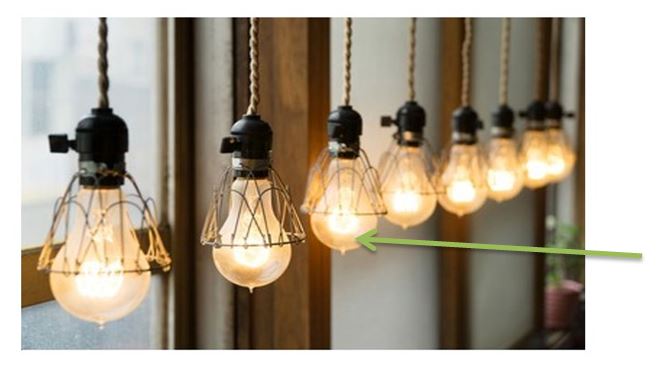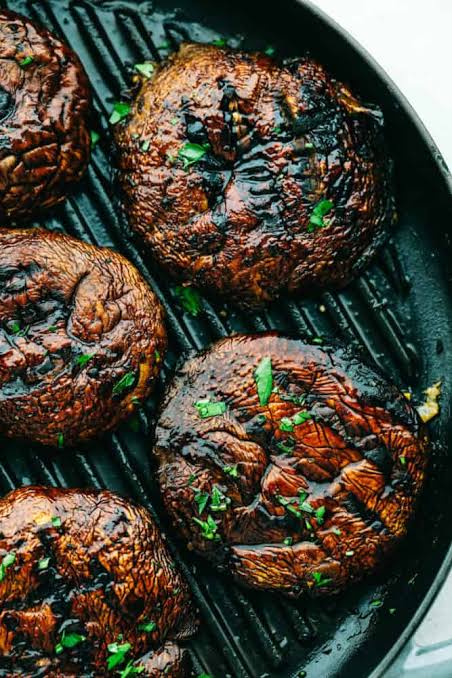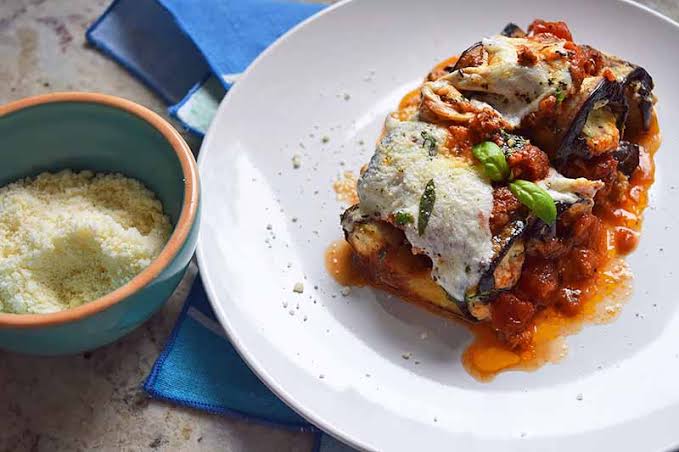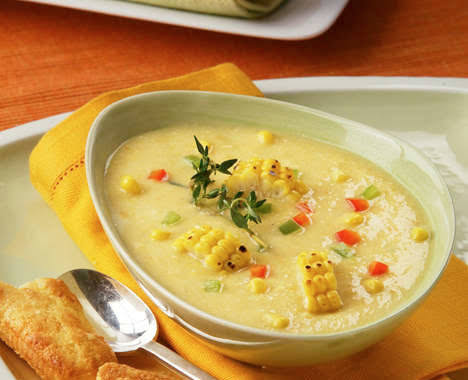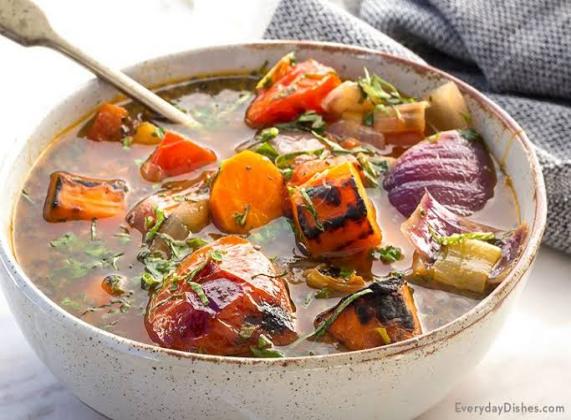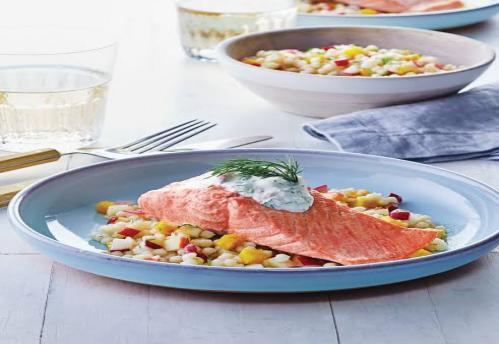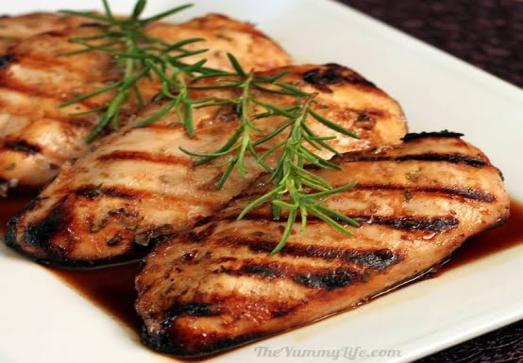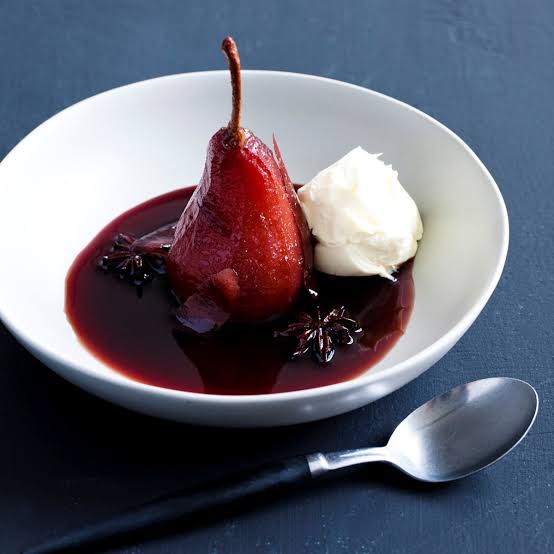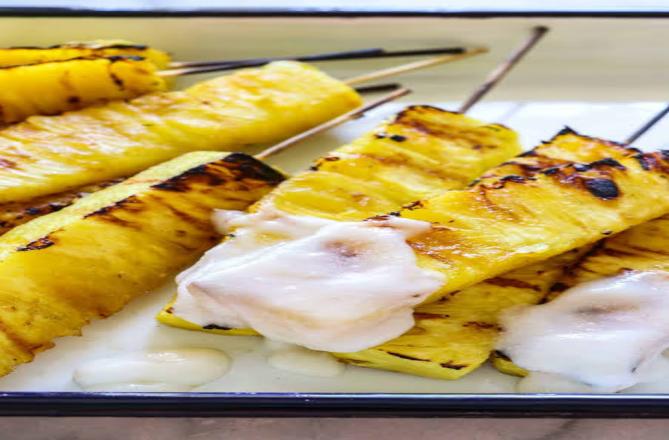The food service facility design in a mall in Singapore is based on providing customers with various dining options, including fast food, casual dining, and fine dining. The facility is designed to be visually appealing and easy to navigate, with clear signage and ample seating. The kitchen and food preparation areas are state-of-the-art and meet all necessary food safety regulations. The facility also includes a take-out service and convenient online ordering and delivery options. Overall, the goal is to provide customers with a high-quality dining experience in a modern, timely, and pleasant setting. The menu will feature a variety of dishes cooked using these methods, highlighting the flavors and textures that come from cooking with a grill or poaching. The seating area is designed to be comfortable and inviting, with ample space for groups and solo diners alike. The restaurant also includes a bar area that serves a selection of cocktails and wines to complement the meals.
Food Service Facilities Design
The design and layout of the food service significantly impact the morale and efficiency of the staff. This factor will shape the customer’s overall impression of the restaurant. The consumers will be unhappy, and businesses will suffer if the space is poorly designed, has insufficient lighting, or plays loud music. They will also spread negative gossip throughout their social circles. The goal is to create a comfortable and inviting space where customers can enjoy a delicious meal. The menu and their picture are shown in Table 1, Table 2, Table 3, and Table 4 below.
Appetizers
Table 1: Appetizers
Soup
Table 2: Soup
Main Course
Table 3: Main Course
Dessert
Table 4: Dessert
All dishes will be made with fresh, high-quality ingredients, cooked to order, and served with an emphasis on the unique flavors and textures from grilling and poaching techniques. Chefs and cooks generally rate fine dining establishments as the best workplace. These dining establishments are known for their creative menus, excellent service, and aesthetically pleasing environments. These places will employ professional chefs and cooks, and all of the food will be made fresh from scratch using only the finest, most expensive ingredients.
Food Production, Receiving, and Storing Equipment
All products in the culinary flow initiate with the receiving region. After they are did receive, they are preserved. Receiving encompasses more than just taking delivery of an order of goods. In receiving, verifying that the correct amount of ordered goods was delivered at the agreed-upon cost is essential. Professionals in the food service industry must know what to look for when fulfilling customer requests. When meals and supplies are delivered, problems often arise. You shouldn’t take this lightly; it’s a significant duty. It is worth mentioning that the equipment size can vary depending on the quantity of food being cooked and the specific recipe being followed, as shown in Figure 1, Figure 2, Figure 3, and Figure 4 as follows.
Appetizer
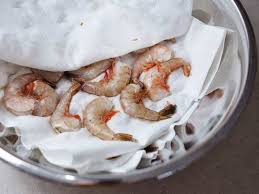
Shrimp cari is made using several kitchen pieces of equipment, one of them being a Vogue Aluminum cooking pan medium which can have either of the following dimensions:
- 7.6ltr 23.5Ø x 18cm deep
- 11.4ltr 25.4Ø x 23cm deep
- 15.1ltr 28.5Ø x 25cm deep
- 22.7ltr 33Ø x 28.5cm
Soup
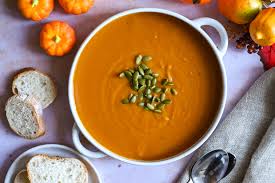
One of the pieces of types of equipment used in making soup is the stock pot; The base and top of a stock pot typically measure between 10 and 14 inches (26 and 34 cm) in diameter. The height of the sides often determines the exact volume each stock pot requires.
Another essential item is the soup schimmer which has the following dimensions.
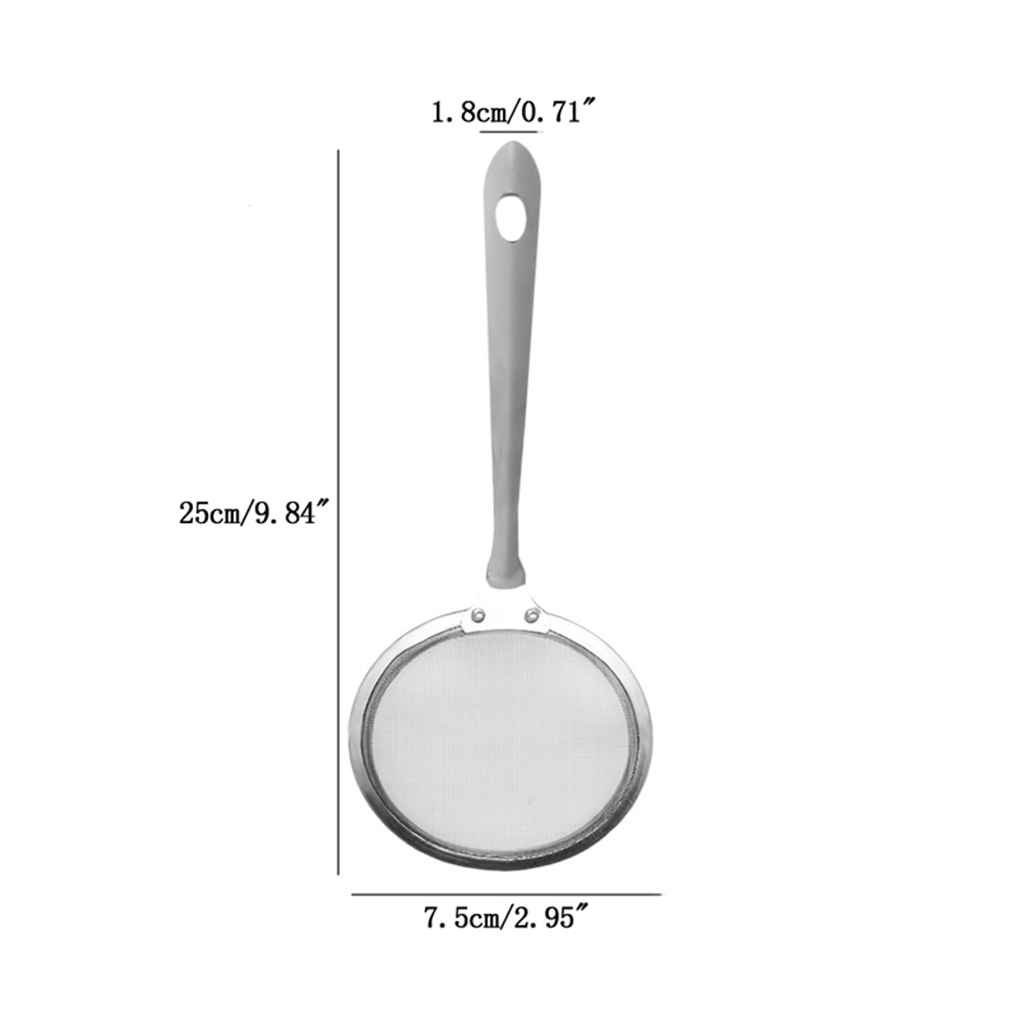
Main Course
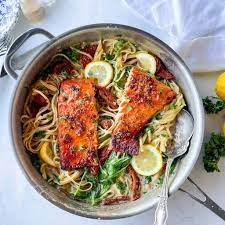
Stainless Steel Natural Round Flat Top Cooking Range Heavy Duty Grill Gas Griddle is used for frying. It has the following dimensions.
- Dimension: 800x900x850+70mm
- Packing Size: 1000x980x1120mm
- Griddle Plate Size: 725x610x20mm
Dessert
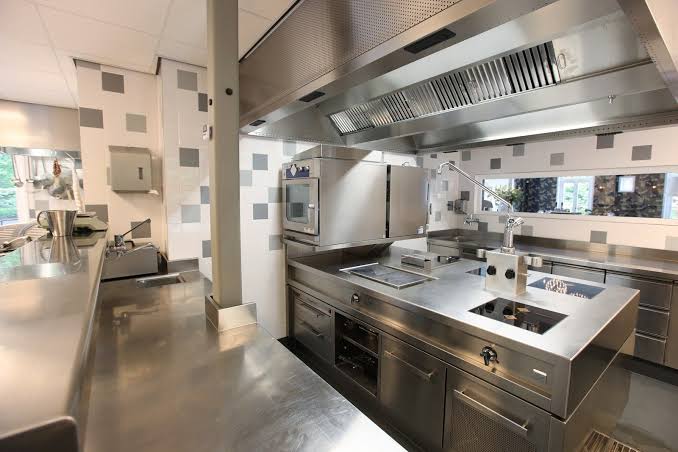
Refrigerators (reach-in refrigerators) are an example of heavy equipment used in desert storage. Reach-in refrigerators come in various sizes to accommodate every kitchen’s unique storage requirements. While the most significant versions can stretch 87″ in width with up to three parts and three doors, the smallest ones generally measure 26″ broad with a single entrance opening up to a single portion. Similar depths across the board make it possible to reach within at arm’s length and quickly retrieve the contents.
The concept of the kitchen will be a direct or conventional kitchen system where chefs can cook the meals and simultaneously plate them and serve them to be served by the waiters (Sallick, 2020). A commercial direct kitchen system is a type of kitchen ventilation system designed for commercial kitchens. It is a type of hood system directly connected to the kitchen’s exhaust system, which removes smoke, heat, and cooking odors from the kitchen.
One of the main advantages of a commercial direct kitchen system is that it is highly efficient at removing smoke and cooking odors from the kitchen; this helps to keep the kitchen area clean and free from unpleasant smells, which can be a significant problem in busy commercial kitchens (Sallick, 2020). Additionally, the system can also help reduce the heat and moisture in the kitchen, which can help keep the kitchen cooler and more comfortable for the staff working in it.
Another advantage of a commercial direct kitchen system is that it is designed to be easy to clean and maintain, which can help to keep the system running smoothly and reduce the need for costly repairs or replacements.
Restaurant Design and Labelling
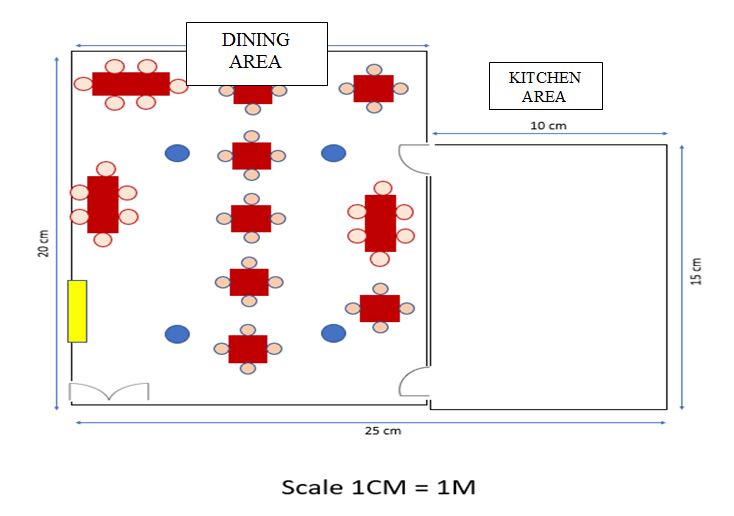
Selection Process – Table Configuration
Round Table, Square Table, and Rectangular Table Seating
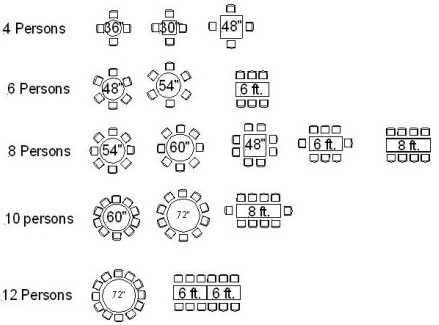
Choice of Tables and Chairs in the Dining Area
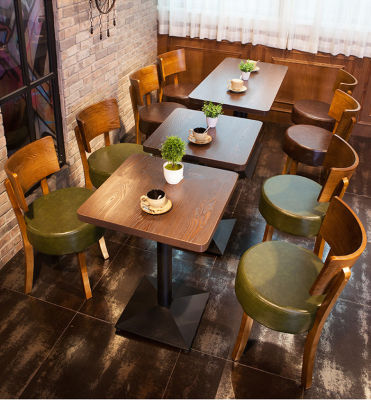
Choice of Lighting in the Dining Area
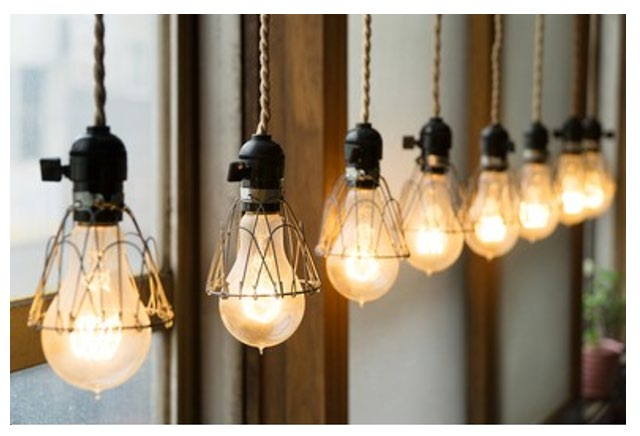
Schematic Restaurant Design and Labelling
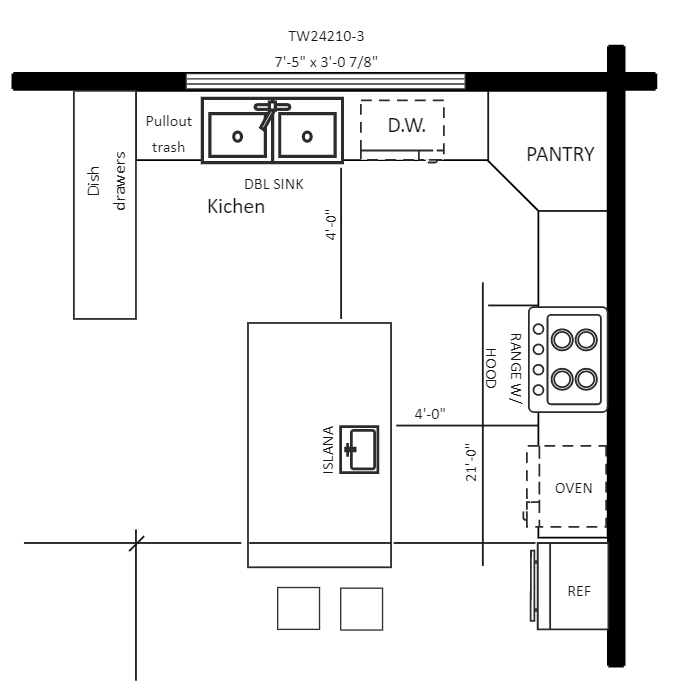
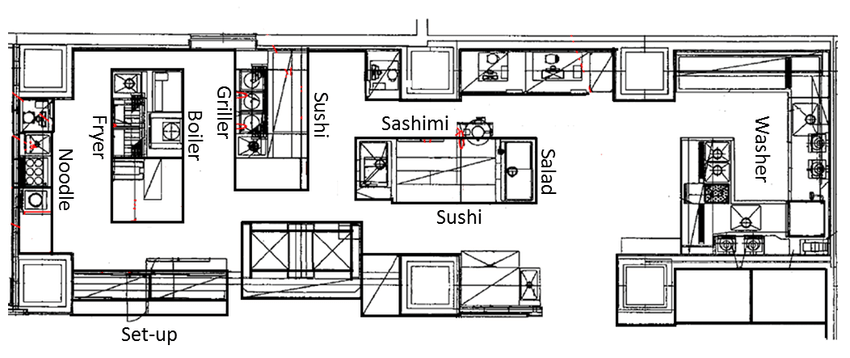
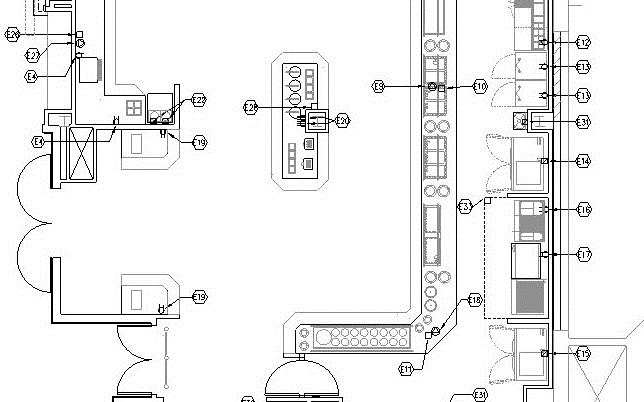
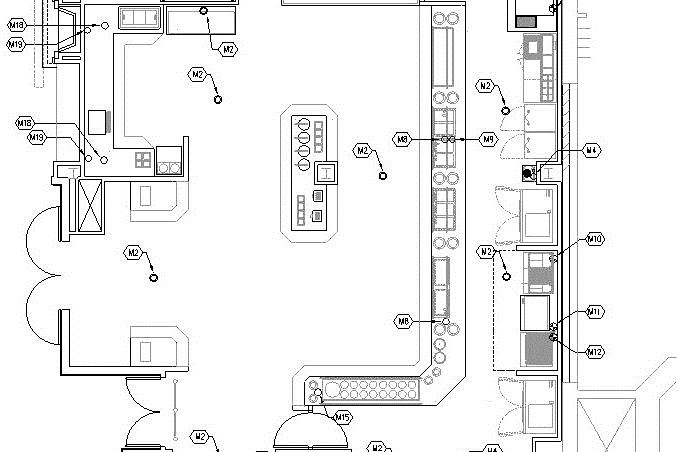
Other considerations
One crucial consideration when allocating emergency water points in a commercial direct kitchen system is the location of the emergency shut-off valves for the system. Positioning emergency water points near these valves can help ensure that the water supply can be quickly and easily shut off in the event of an emergency, minimizing damage and helping to prevent potential hazards.
Finally, it’s essential also to consider the location of other emergency equipment, such as fire extinguishers, emergency lighting, and emergency exits in the kitchen when allocating emergency water points. Thus, this will facilitate a swift and effective response in an emergency by making it easier to locate and use all necessary supplies.
Consequences
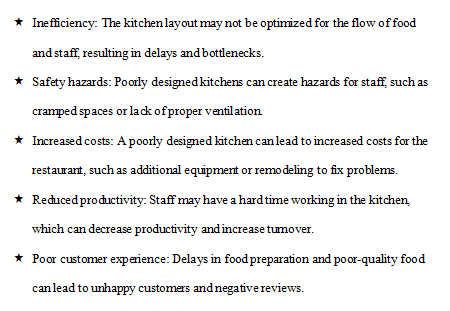
Overall, inaccurate kitchen schematic designs can negatively impact the operations and profitability of a restaurant. As a result of poor planning, there is not enough storage space in the kitchen, which leads to mess and clutter. Hence, this is not just a problem for tiny kitchens; it affects medium and large ones. Secondly, inadequate lighting results from bad schematic design, which affects the quality of a kitchen’s working environment. Even the most well-designed kitchen will not allow the user to do duties as quickly as possible if proper lighting is not provided. Planning and designing the kitchen carefully is crucial to ensure smooth operation and customer satisfaction.
Principles of Kitchen Design
Diagram of how flexibility and modularity affect workflow
Since a commercial kitchen is constantly evolving, its design must be flexible. Perhaps you recruited a new executive chef with a different cooking style, or maybe you rethought the menu and added some new items. Multipurpose desks and portable tools are two examples of how you may make your workplace more flexible.
Description of flexibility and modularity using my kitchen design
The menus at busy restaurants often change with the seasons, and so must the kitchens that prepare their food. Because of this, commercial kitchens need to be able to rearrange their equipment as necessary to make cooking and preparation faster and more efficient. Mobile shelving, grill carts, and griddles allow commercial kitchens the flexibility to rearrange their equipment as needed. Based on my kitchen design, flexibility and modularity will enable my kitchen to accommodate new items in the menu, new methods of food preparation, new equipment and items, and new methods of serving my potential clientele.
How flexibility and modularity affect workflow by using the principle of kitchen design
Flexible equipment such as modular cooking stations can be used to prepare multiple dishes at once and can be reconfigured to accommodate different menu items. This can help to increase productivity and reduce preparation times. Additionally, adding or removing equipment as needed can help optimize the kitchen for peak business hours, reducing downtime and increasing output.
Modularity can also help to reduce the need for specialized equipment, which can be costly and take up valuable space. Instead, a modular kitchen can be designed to use standard equipment that can be easily moved or repurposed, which helps to keep costs low and make the most of the limited space available. Overall, flexibility and modularity in kitchen design can significantly improve the workflow by increasing efficiency, reducing costs, and maximizing the use of limited space.
Ergonomics
Diagram of how ergonomics affects workflow
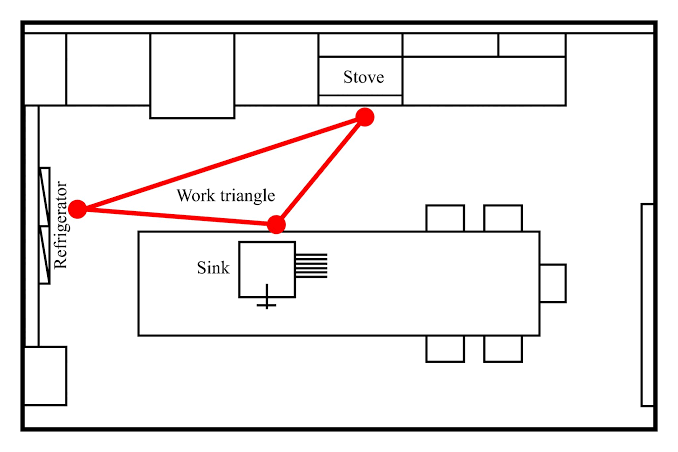
Explanation of ergonomics effects using my kitchen design
Ergonomics can have a significant impact on my kitchen design. Proper ergonomic design can reduce the risk of injury and increase efficiency and comfort for kitchen staff. In an open kitchen, good ergonomics would include:
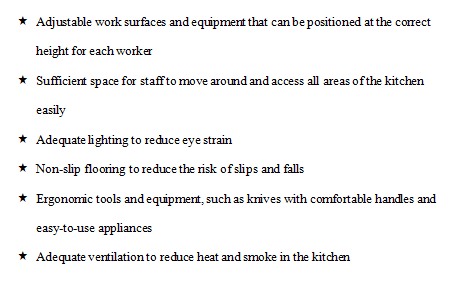
How ergonomics affects workflow by using the principles of kitchen design
Ergonomics can significantly impact workflow in a kitchen, as it relates to the design and layout of the space, as well as the tools and equipment used by staff. Proper ergonomic design can help to:
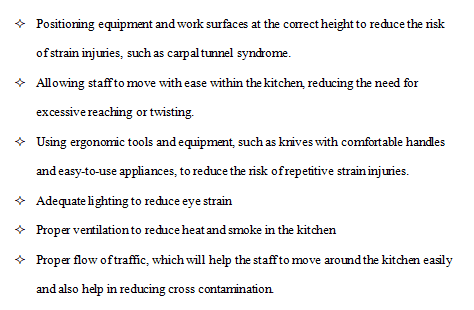
The Flow of Materials and Personnel
Diagram of how the flow of materials and personnel affects workflow
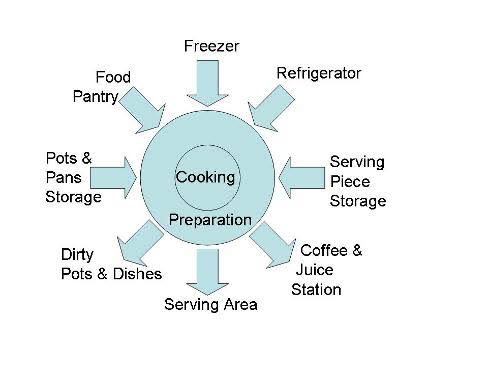
Describe the flow of materials and personnel using your kitchen design
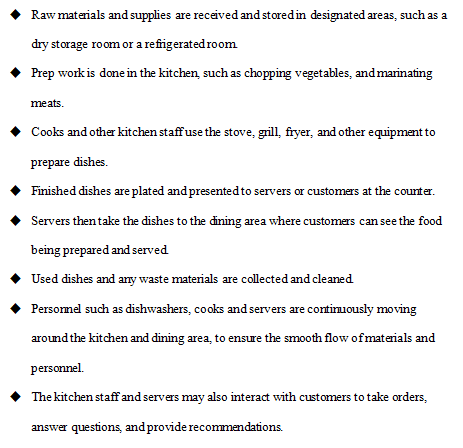
Explain how the flow of materials and personnel affects workflow by using the principle of kitchen design
The kitchen is a hub of activity, but that activity need not manifest as a disorder. There should not be any need for workers or supplies to double back through a kitchen that was planned with efficiency in mind. This means that the kitchen will function circularly. For instance, the receiving area should be close to the cold and dry storage, but the trash cans and dishwashers should be located elsewhere, away from the kitchen where meals are prepared.
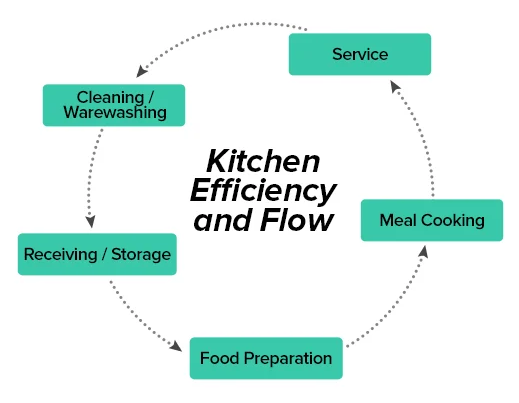
Ease of Sanitation
In terms of ease of sanitation, my kitchen design must account for daily cleanings; thus, amenities like sinks and trash cans are required to meet sanitation standards. For example, there should be hand-washing sinks in every kitchen, but they should not be used for storage and should be cleaned regularly. In addition to the standard periodic deep cleanings, these conditions also include more frequent maintenance tasks such as mopping the floors and wiping down the walls. The design layout of the kitchen must accommodate moving shelves, counters, and other pieces of hardware. Staff members can travel to specific locations more quickly due to their mobility.
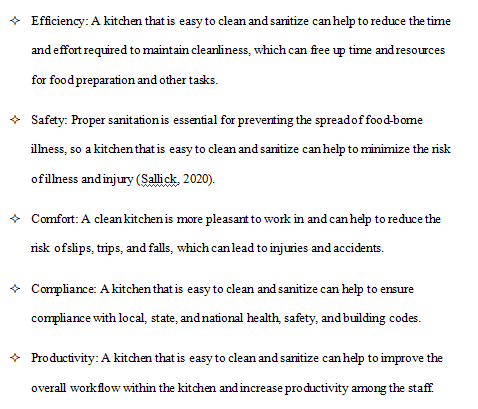
Principles of Dining Room Design
The principles of dining room design include the following:
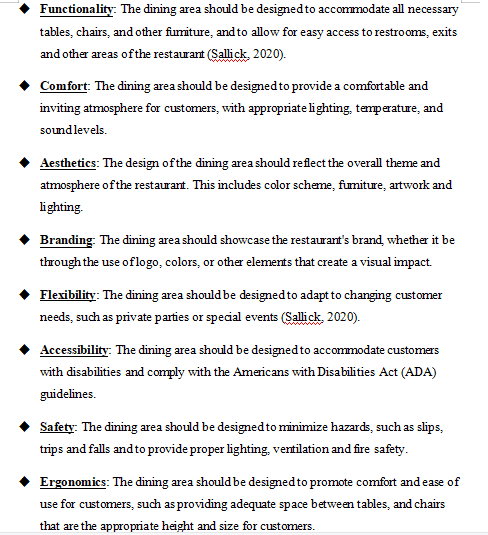
Ease of Space Efficiency

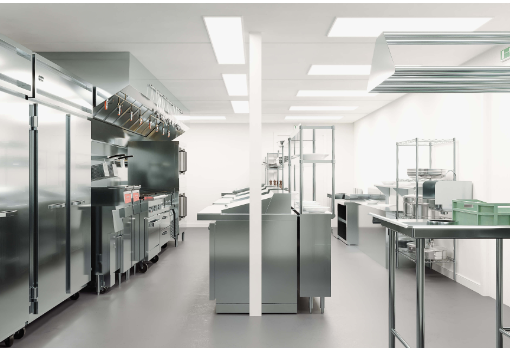
Choice of Furniture
Picture of choice of furniture
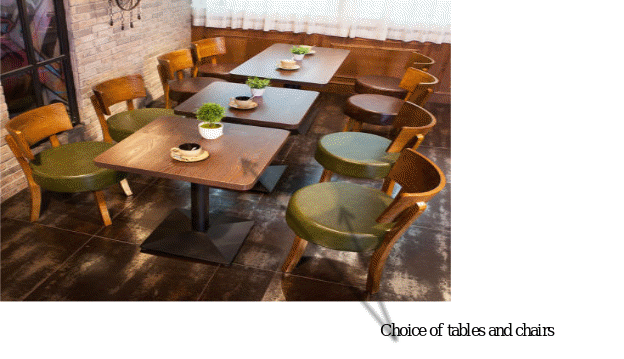
Description of choice of furniture
While there is a wide variety of dining room sets, they all serve the same purpose: to set the table and eat. Tables and chairs are typically arranged in the middle of dining rooms. The legs of a traditional dining table are often made of wood; however, some people like the aesthetic of a glass top with metal legs. Wood isn’t the only material suitable for making dining seats. It is not necessary to purchase a pair of matching dining room chairs. It’s not uncommon for homeowners to mix and match dining room chair sizes and styles. Moreover, some choose bench seating rather than individual chairs to squeeze in even more people.
How choice of furniture affects workflow

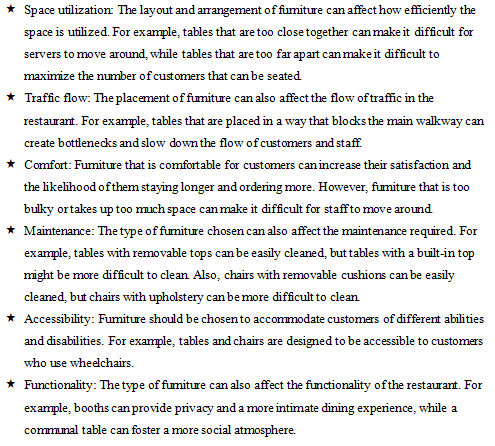
Choice of Flooring

My choice of flooring is as below pointed
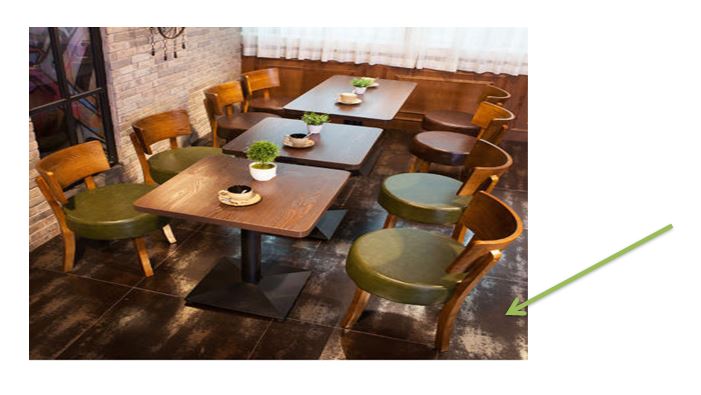
Description of the type of flooring
The choice of flooring is critical to a restaurant. For this case, my choice of flooring will be a rustic and firm tile layering that would ensure that a customer or the wait staff does not slip and fall while within the premises.
How choice of flooring affects workflow
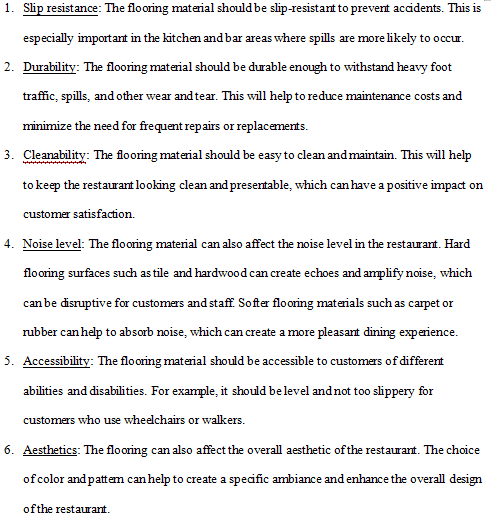
Choice of Lighting
Diagram of the choice of lighting

Description of the choice of lighting

How the choice of lighting affects workflow?
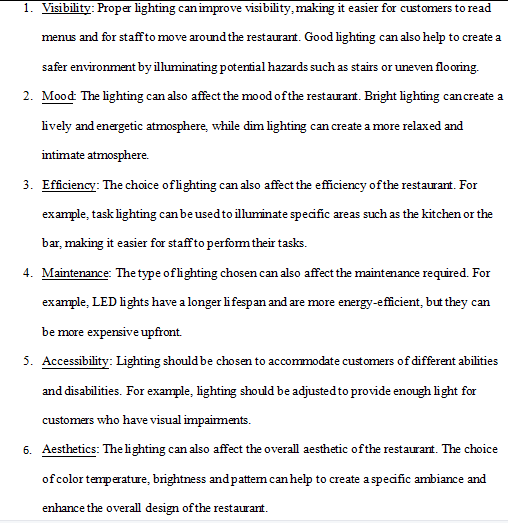
Reference
Sallick, B. (2020). The perfect kitchen. Rizzoli.
Renjith Associates. (2019). What is modular kitchen and why it is trending in home interiors? Renjith Associates. Web.
Foyr. (2020). What is kitchen triangle? everything you need to know: Foyr. Create Beautiful 3D Designs. Web.
Appendices
Appetizer menu
Soup menu
Dessert menu
Direct kitchen system
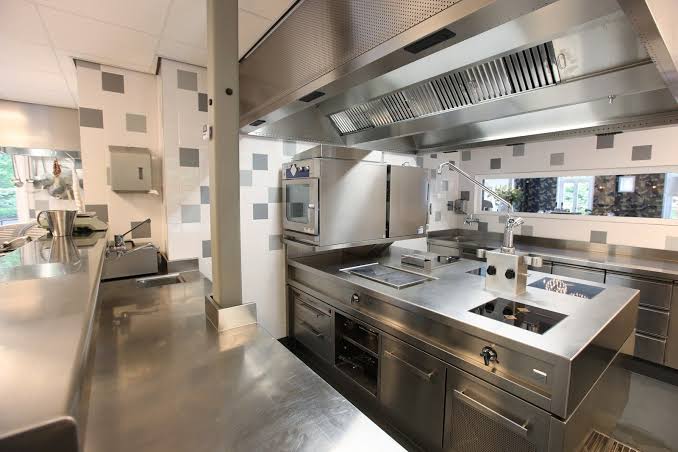
Restaurant design and labeling

Table Configuration
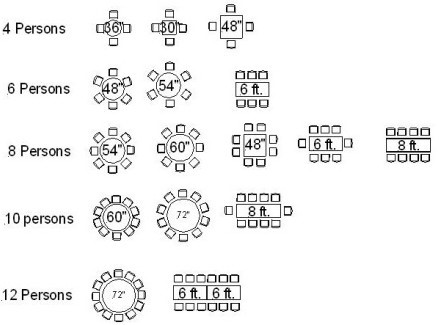
Choice of tables and chairs
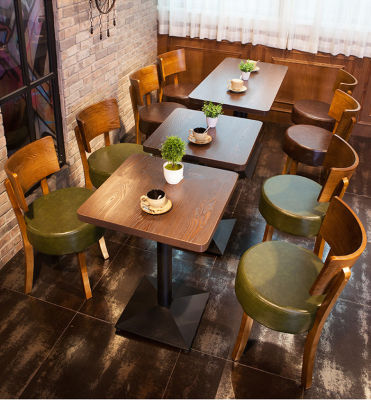
Choice of lighting in the dining area
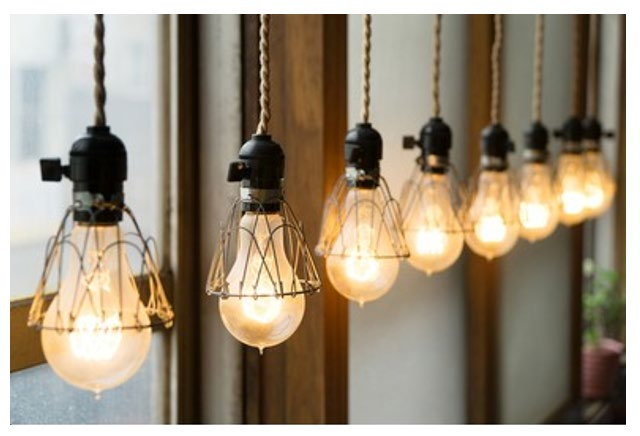
Schematic restaurant design and labeling
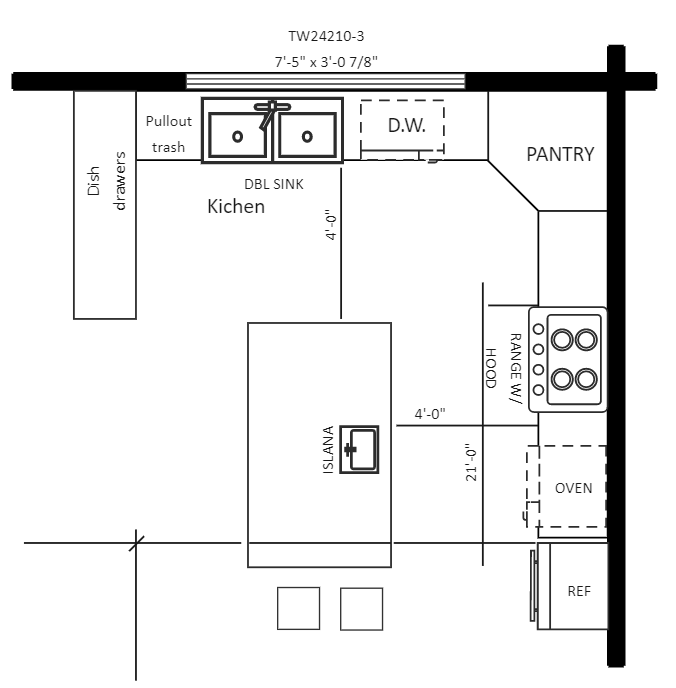
Schematic design example
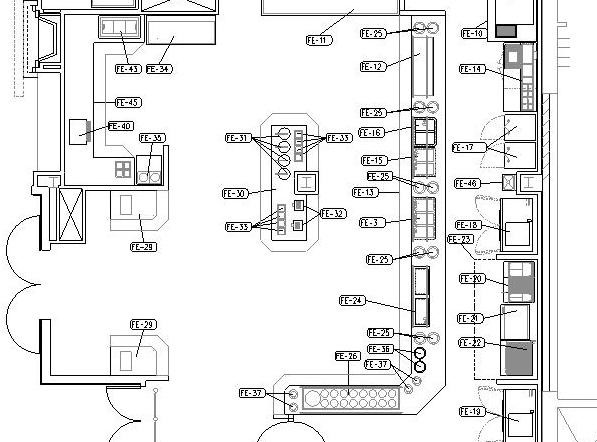
Design Stage -Utility Spot Drawing (Electrical – Partial)
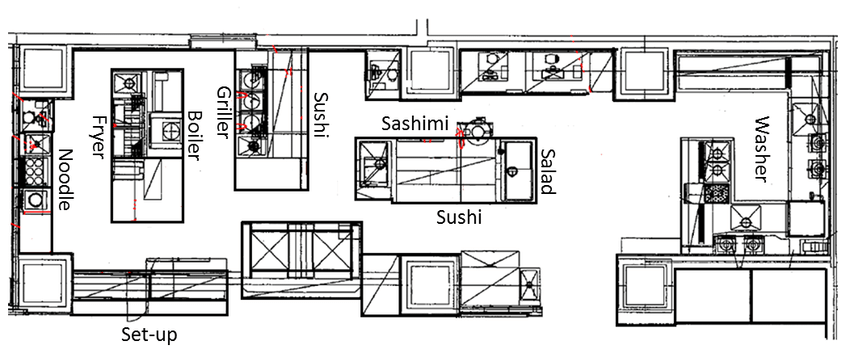
Design Stage – Utility Spot Drawing (Mechanical – Partial)
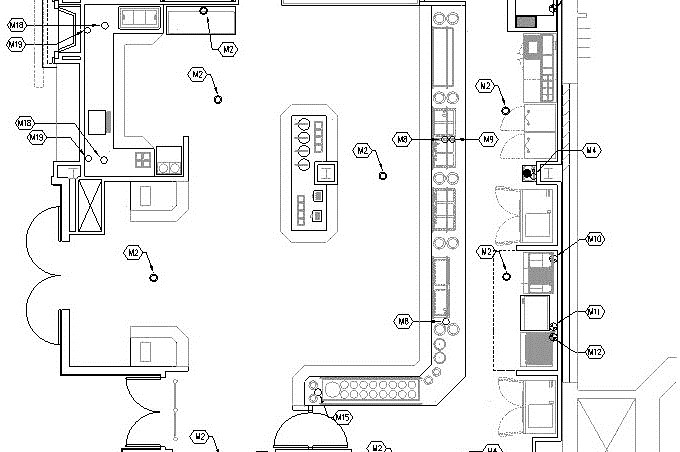
How flexibility and modularity affect workflow
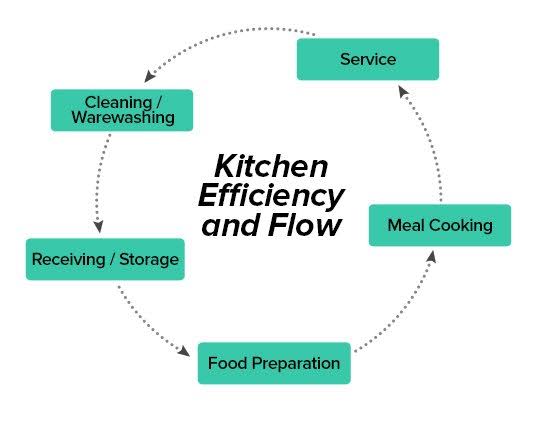
How ergonomics affects workflow
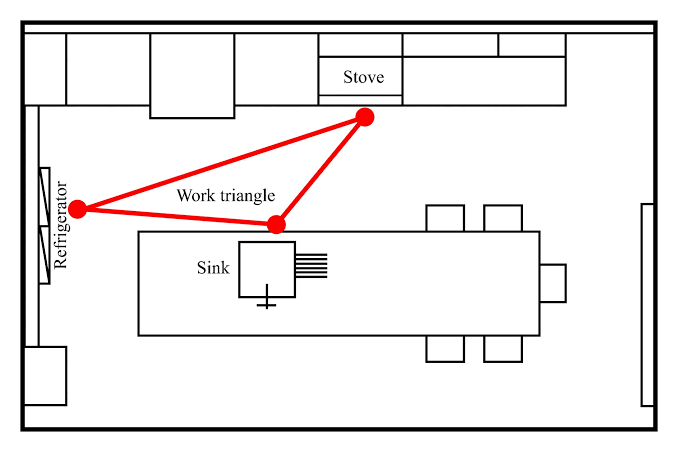
How the flow of materials and personnel affects workflow?
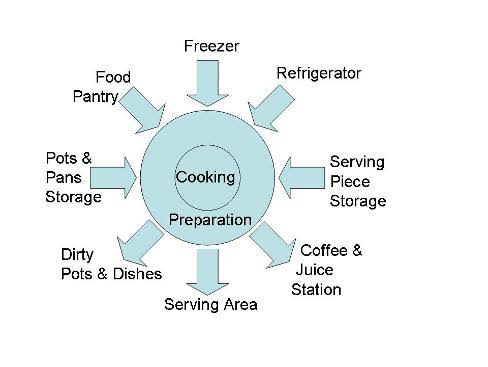
Choice of tables and chairs
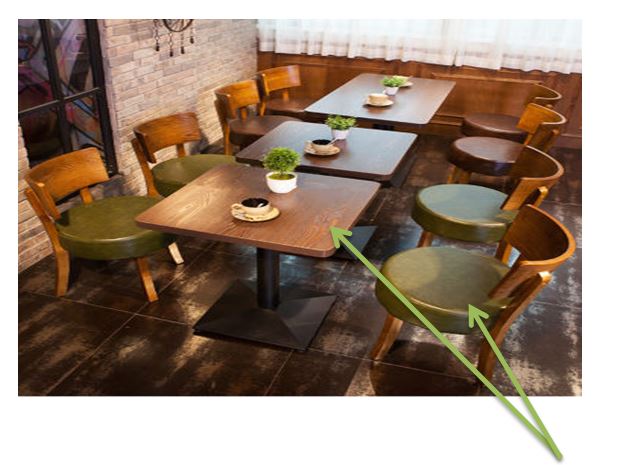
Choice of flooring
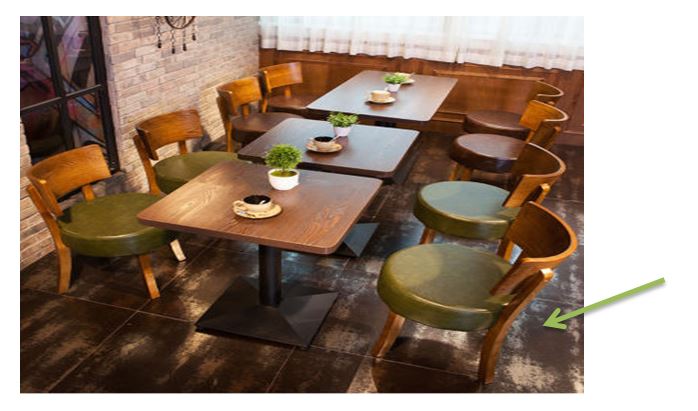
Choice of lighting in the dining area
